The muscles of the forearm are crucial during the deadlift because they help you to maintain a firm grip on the bar. Although your back and posterior chain do most of the heavy lifting, your lower arms are the final point of contact with the barbell, and if they’re weak, then your deadlift will also be weak.
Related posts
- Do bench presses work forearms?
- Do curls work forearms?
- Do pull ups work forearms?
- Pushups for forearms?
Do deadlifts work the forearms?
So, do deadlifts work the forearm muscles? Yes, deadlifts do work the forearm muscles because you need to engage your lower arms to hold onto the barbell.
The forearms are mainly trained isometrically during pulling exercises like the deadlift, but this can still build some muscle mass if you’re lifting heavy enough. [1]
Will the forearms grow from deadlifts?
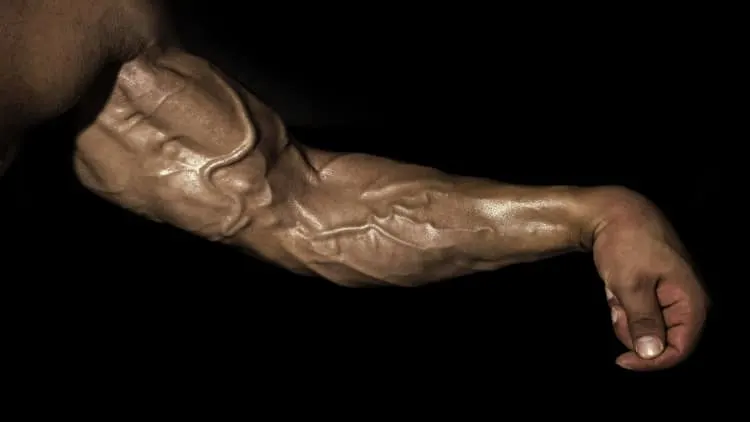
So we’ve established that the deadlift does indeed train the forearms, but how much forearm muscle can you actually gain from just deadlifting?
Well, it depends on a few things. First off, how heavy are you lifting? Pulling huge weights usually requires substantial forearm strength (and thereby size).
Second, how advanced are your forearms? If they aren’t particularly well developed, then they’ll probably grow quite nicely from just deadlifting. However, if you’ve been smashing out wrist curls for the past 5 years, then you might need to train your forearms directly in order to gain anymore noticeable size.
How can I stop my forearms from giving out during the deadlift?
It’s annoying. Just when you think you’re about to triumph and set a new 1RM, your forearm strength seemingly vanishes. Or maybe you’re repping out on deadlifts, and then out of nowhere, your forearms just start cramping up.
Either way, don’t lose hope. With these 3 tips, you’ll see noticeable improvements in your deadlift strength and endurance.
Grip the bar harder
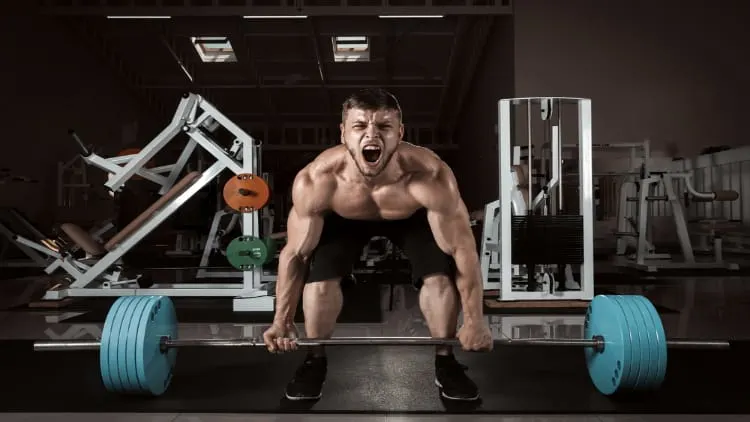
It sounds obvious, but you’d be surprised just how many bodybuilders forget to squeeze the bar properly when they deadlift. I think this is because they’re so used to trying to remove their forearms from the equation on compound lifts so that they don’t give out before their main muscles.
But for heavy deadlifts, only the tightest of grips will do. Squeeze the bar like you’re trying to snap it. This way, tension will radiate back up the kinetic chain and ensure that your whole body is rigid and ready to pull some big numbers.
Train your grip directly
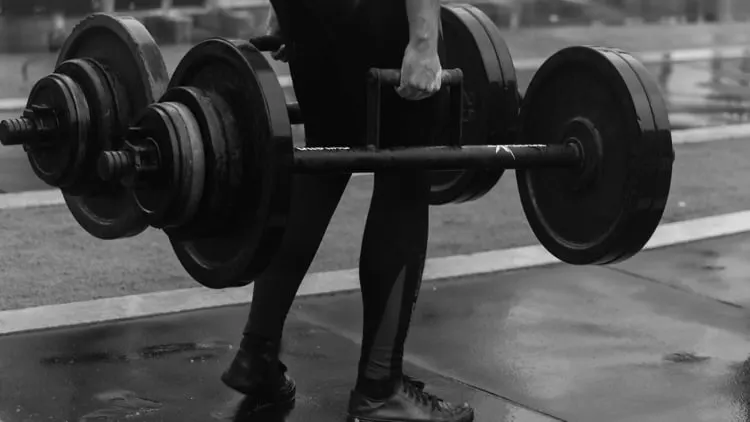
A few sets of forearms curls after your arm workout won’t cut it. Anyone with a strong raw deadlift also has the grip strength to match. So, train your grip. But as I just alluded to, don’t train your forearms like a bodybuilder.
Sure, chasing the pump might build a bit of size, but the best forearm strength and development I’ve ever observed has been from people who are serious about building a strong grip.
Use exercises like timed holds, plate pinches, and hand grip squeezes. Master these movements, and you won’t have to worry about your forearms holding back your deadlift ever again.
Use straps
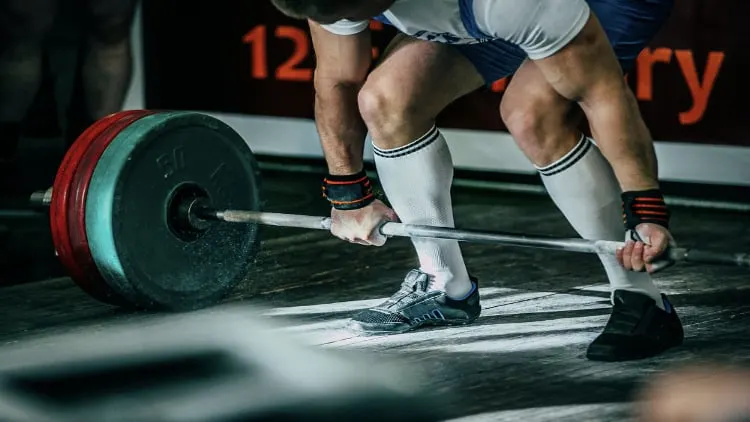
I like to build strength that I can use outside of the gym. So for me, straps are a last resort and a bit of a dirty word. However, if you just want to pull huge numbers, then using a good pair of lifting straps can help compensate for a relativity weaker grip.
Just don’t use them on your light warm up sets. Otherwise, your forearms will receive virtually no stimulation.
Why do I have forearm pain during deadlifts?
Forearm deadlift pain is the number one way to stop your progress dead in its tracks. Follow these 3 tips to find out where your discomfort is coming from.
Poor form
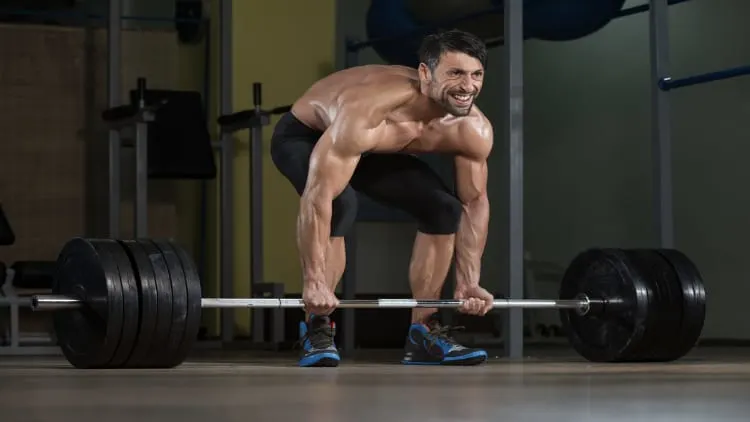
Poor form is the number one cause of injury in any modern gym. And if you’re holding the bar in your fingertips, for example, rather than in the palms of your hand, then this can cause pain while deadlifting.
Specifically, that kind of grip can lead to soft tissue pain in the elbow, which you may feel in your forearms. Ironically this problem goes hand in hand with a weak grip because if your grip sucks, then you’ll naturally let the bar just rest in your fingers.
Your forearms can’t handle the weight
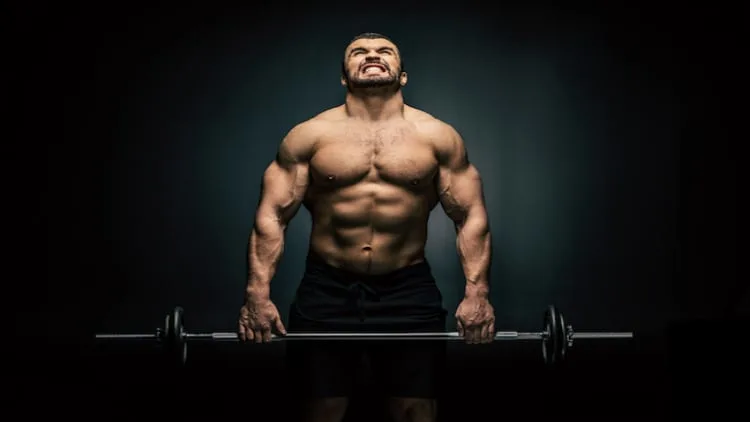
This one might be hard to admit to yourself if you’ve been lifting for a while, but it’s best to nip it in the bud before the problem gets worse. If you subject a weak muscle to too much resistance—resistance that it’s not yet equipped to handle—then it can easily become sprained or torn.
The remedy for this is direct training. Do wrist curls and grip exercises, and you’ll have forearms that can withstand your heavy deadlift training.
This is actually a common problem. Since the prime movers in the deadlift—the back and hamstrings—are much stronger than the forearms, it’s not surprising that the grip is often slow to catch up. [2]
Your grip is wrong
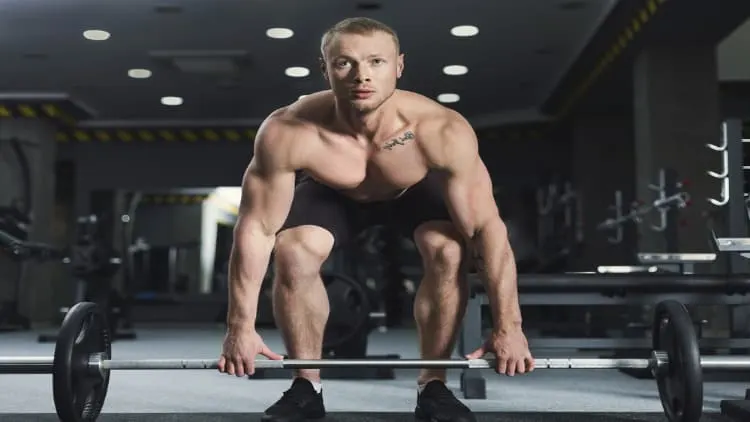
I doubt that many people are actually using a double underhand grip on the deadlift, but if you are, you should stop immediately. Not only does this ridiculous hand position make you weaker, but it also puts you in prime territory for a bicep tear and a forearm strain.
Of course, a normal mixed grip can also lead to forearm problems because one of your lower arms is in a pretty unnatural position. After all, who walks around with their palm facing forwards? Exactly, no one.
Summary of forearm involvement in the deadlift
If you want those juicy deadlift forearms that so many elite powerlifters have, then the deadlift is actually a pretty good way to build them.
However, for most people, the forearms aren’t the limiting factor in their deadlift, which means that they’ll never be maximally stimulated. Therefore, while you can build some forearm size via deadlifts, for best results, you need to perform direct training.
Of course, doing additional forearm work means spending more time in the gym. But the nice thing is that this training will also build a stronger deadlift grip, so it’s a win-win for both the bodybuilder and the powerlifter.
References
- M. (2020, December 1). How to Deadlift with Proper Form: The Definitive Guide. StrongLifts. https://stronglifts.com/deadlift/
- Martín-Fuentes, I., Oliva-Lozano, J. M., & Muyor, J. M. (2020). Electromyographic activity in deadlift exercise and its variants. A systematic review. PLOS ONE, 15(2), e0229507. https://doi.org/10.1371/journal.pone.0229507

